Personal Injury Protection (PIP) car insurance, an essential component of auto insurance policies in many states, offers coverage for medical expenses, lost wages, and other non-medical costs incurred due to an auto accident, regardless of who is at fault. This facet of auto insurance, often intertwined with the complexity of no-fault insurance laws, presents a nuanced landscape for policyholders to navigate.
Understanding the specifics of PIP coverage, including its implications on your insurance premiums and how it coordinates with health insurance, is important. Yet, the process of selecting the correct PIP policy is fraught with potential pitfalls and common misconceptions that could have a significant impact on one’s financial and physical recovery post-accident.
As we explore the intricacies of PIP insurance, one must consider the broader implications of their policy choices in the context of personal and legal financial protection.
Understanding PIP Coverage
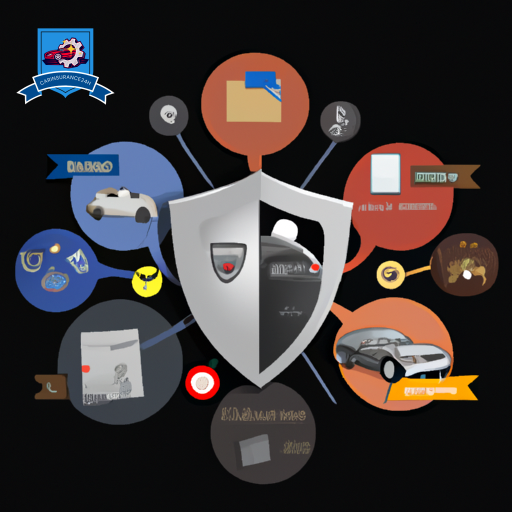
Personal Injury Protection (PIP) coverage is an essential component of auto insurance that provides financial support for medical expenses, lost wages, and other related costs following a vehicular accident, regardless of who is at fault. This coverage is designed to guarantee that individuals involved in an accident receive prompt medical treatment without the necessity of determining fault, which can often be a time-consuming process. PIP coverage is pivotal in facilitating immediate healthcare services, thereby mitigating long-term health consequences and financial burdens.
Understanding PIP eligibility criteria is important for policyholders. Generally, PIP coverage applies to the policyholder, members of the policyholder’s household, passengers who lack their own PIP insurance, and sometimes pedestrians struck by the policyholder’s vehicle. However, eligibility can vary significantly between different jurisdictions and insurance providers. It is advisable for individuals to review their policy details or consult with their insurance agent to comprehend the specific criteria applicable to their policy.
The methods for calculating PIP insurance premiums are multifaceted, taking into account several factors. These include the policyholder’s driving record, the level of coverage selected, the policyholder’s geographical location, and sometimes the policyholder’s credit score. Insurers analyze these factors to determine the risk level associated with providing coverage. Higher risk levels typically lead to higher premiums, as they indicate a greater likelihood of filing a claim. Conversely, selecting a higher deductible can reduce the premium cost, although it increases out-of-pocket expenses in the event of a claim. Understanding these premium calculation methods enables policyholders to make informed decisions about their PIP coverage, balancing cost against the breadth of protection.
The Basics of No-Fault Insurance

Diving into the domain of no-fault insurance reveals a system designed to streamline the claims process after a vehicular accident by eliminating the need to determine fault before disbursing medical or repair payments. This innovative approach fundamentally alters traditional fault determination mechanisms, traditionally a time-consuming and often contentious process. By adopting no-fault insurance, jurisdictions aim to reduce legal and administrative costs, enabling quicker payouts to policyholders for their immediate needs.
No-fault insurance, by its design, circumvents the lengthy deliberations typically associated with fault determination in automobile accidents. Instead of engaging in protracted negotiations or legal battles to establish liability, parties involved in an accident are compensated by their own insurance companies, regardless of who was at fault. This guarantees that medical expenses, loss of income, and other out-of-pocket costs are covered in a timely manner, providing essential financial support during the recovery phase.
However, the application of no-fault insurance introduces specific lawsuit thresholds that limit the ability to sue the at-fault driver. These thresholds vary by jurisdiction but generally stipulate conditions under which the injured party can pursue legal action. Typically, lawsuits are only permissible in cases involving severe injuries or when incurred expenses exceed a certain monetary amount. This aspect of no-fault insurance aims to further discourage frivolous lawsuits and reduce the overall burden on the judicial system.
Who Needs PIP Insurance?
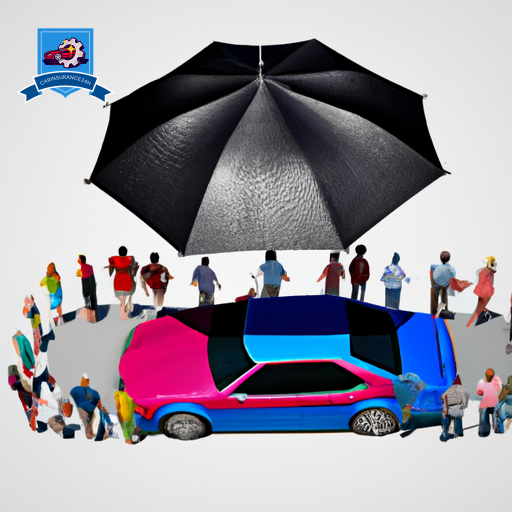
Understanding who requires Personal Injury Protection (PIP) insurance is crucial for drivers in no-fault states to ensure they comply with local regulations and protect their financial well-being in the event of a vehicular accident. Basically, PIP insurance is mandated for all vehicle owners in these states, although the specific requirements can vary greatly from one state to another. This type of insurance is designed to cover medical expenses, lost wages, and other non-medical costs that arise from auto accidents, regardless of who is at fault.
Drivers in no-fault states are not the only ones who should consider PIP insurance. Those residing in at-fault states may also benefit from PIP as an additional layer of protection. In such states, PIP can offer coverage for immediate medical expenses, reducing the need to wait for fault determination or for a third-party insurer to process a claim.
Cost factors play a crucial role in determining the necessity and extent of PIP coverage. Premiums can vary based on the driver’s location, driving history, and chosen deductible amounts. Understanding these factors can help drivers make informed decisions about their policy options.
Moreover, policy discounts may be available to certain drivers. For instance, those with a safe driving record, multiple policies with the same insurer, or who have completed a defensive driving course may be eligible for reduced rates. Taking advantage of these discounts can make PIP insurance more affordable, thereby extending its accessibility to a broader range of drivers.
Coverage Details and Limits
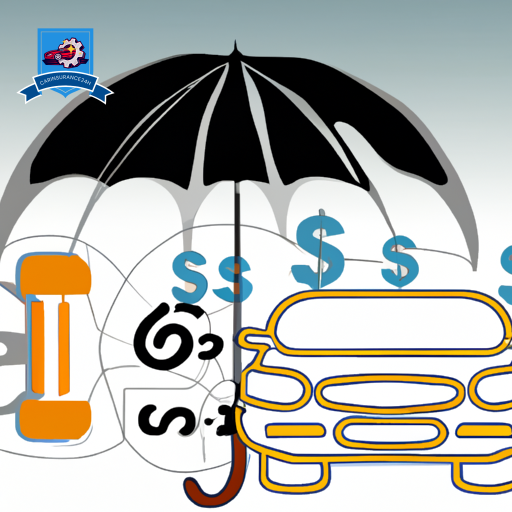
After examining who benefits from Personal Injury Protection (PIP) insurance, it’s important to explore the specifics of what these policies cover and the limits set by various insurers. PIP insurance plays a pivotal role in providing financial relief for individuals involved in motor vehicle accidents, irrespective of fault. The coverage extends to medical expenses, lost wages, and, in some cases, funeral expenses. However, the scope and scale of this coverage are subject to predefined limits and conditions laid out in the policy.
Coverage limits are a critical aspect of PIP insurance, defining the maximum amount an insurer will pay under a policy. These limits vary significantly across policies and jurisdictions, requiring policyholders to carefully assess their needs against the coverage offered. Moreover, insurers offer various deductible options, allowing policyholders to choose a higher deductible in exchange for a lower premium or vice versa. This flexibility enables individuals to tailor their policies to their financial circumstances and risk preferences.
In addition to understanding coverage limits and deductible options, it’s vital for policyholders to be aware of policy exclusions. Certain scenarios and types of injuries may not be covered under PIP insurance, necessitating a thorough review of the policy terms. Common exclusions might include injuries sustained while committing a crime or during high-risk activities not covered by the policy.
Exploring the details of PIP insurance coverage and limits requires a careful consideration of one’s own needs, the specific terms offered by insurers, and an understanding of the relevant legal framework. By doing so, individuals can guarantee they are adequately protected in the event of a motor vehicle accident.
PIP Vs. Medical Payments Coverage
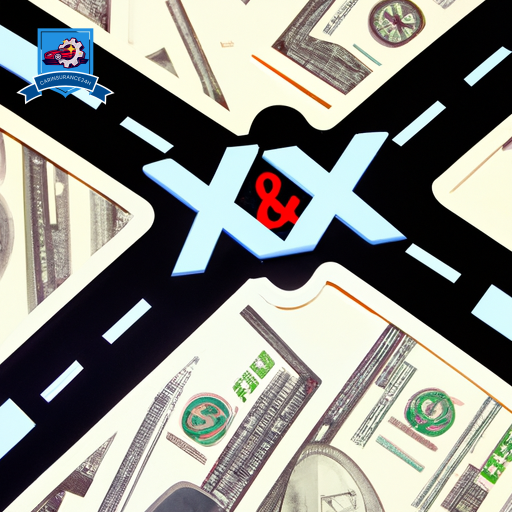
Understanding the distinctions between Personal Injury Protection (PIP) and Medical Payments Coverage is essential for policyholders seeking thorough auto insurance.
While both offer medical expense coverage, they differ greatly in coverage scope and the claim process.
This section will explore these key differences, providing a clear comparison to aid in selecting the most suitable protection.
Coverage Scope Differences
When comparing Personal Injury Protection (PIP) insurance to Medical Payments Coverage, it is important to note the distinct scope of coverage each provides. PIP, often mandatory in no-fault states, broadly covers:
- Medical expenses
- Lost wages
- Funeral expenses
- Substitute services (e.g., house cleaning)
- Survivor benefits
Medical Payments Coverage, on the other hand, is typically voluntary and narrowly focuses on medical and funeral expenses regardless of who is at fault. It does not cover lost wages or provide additional benefits.
When considering these coverage options, individuals should weigh expense factors and policy renewal terms to determine which aligns best with their needs. Understanding these differences is vital for making informed insurance decisions that effectively safeguard personal and financial well-being.
Claim Process Variability
Having explored the coverage scope differences between Personal Injury Protection (PIP) and Medical Payments Coverage, it is imperative to examine the variability in their claim processes.
Claim timelines vary between PIP and Medical Payments Coverage; while PIP may allow for longer periods to submit claims due to its broader coverage, Medical Payments Coverage typically demands quicker notification and submission post-accident. This distinction affects how policyholders plan and execute their claims.
Additionally, the approach to dispute resolution can vary. PIP, often involving a more detailed claims process, might offer structured arbitration or mediation options to resolve disputes. Conversely, Medical Payments Coverage, with its more straightforward claim procedure, might lean towards direct negotiations with the insurer, simplifying the resolution process but potentially limiting negotiation leverage.
State Requirements for PIP
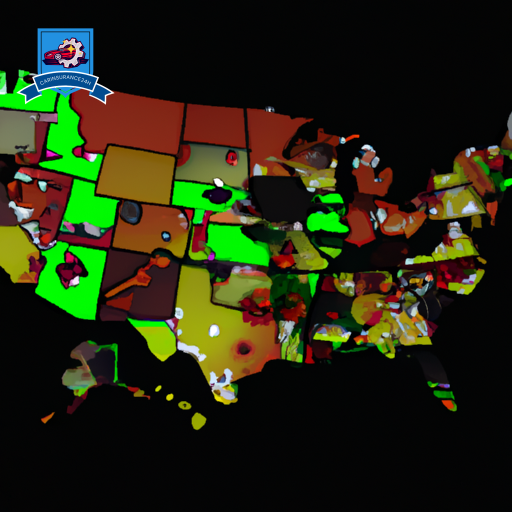
The requirements for Personal Injury Protection (PIP) insurance vary greatly from state to state. This variance stems from the differing legislative frameworks that govern insurance policies across the United States. In some states, PIP coverage is mandatory, forming a critical component of the no-fault insurance system, while in others, it remains an optional add-on for drivers seeking additional protection.
Understanding state-specific requirements is vital for several reasons, including the potential legal and financial implications of non-compliance. State penalties for lacking required PIP coverage can range from fines to license suspension, emphasizing the importance of adhering to local insurance laws. Additionally, the struggle against insurance fraud, which often involves exaggerated or fabricated PIP claims, has led to stringent regulations and penalties in several states. These efforts aim to curb the misuse of PIP coverage and maintain its integrity as a crucial safety net for drivers.
When considering PIP insurance, it’s essential to recognize:
- Coverage Limits: Mandatory minimums can vary, influencing the extent of protection provided.
- Deductibles and Co-payments: Some states allow for a range of deductibles and co-payments, affecting out-of-pocket costs.
- Eligibility for PIP Benefits: State rules may differ on who qualifies for PIP benefits under a policy.
- State Penalties: The consequences of not carrying required PIP insurance vary, including fines and license suspension.
- Insurance Fraud Regulations: States have various measures and penalties to combat PIP claim fraud.
Understanding the complexities of PIP insurance requires a clear understanding of state-specific requirements, making it essential for drivers to stay informed and compliant.
How to File a PIP Claim
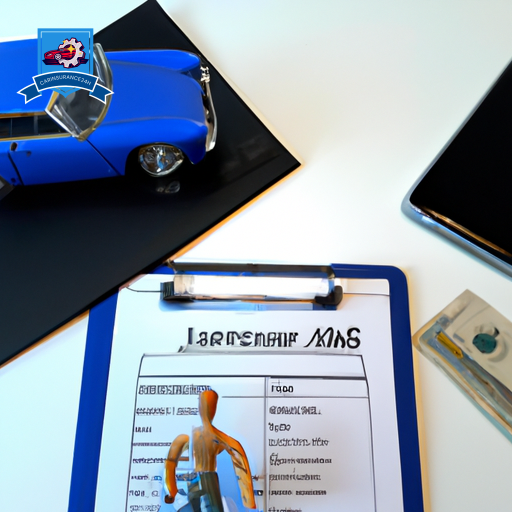
Initiating a Personal Injury Protection (PIP) claim requires a methodical approach to guarantee a smooth process.
The first vital step involves gathering all necessary documentation, which serves as the foundation of your claim.
Subsequently, the submission of a properly completed claim form to your insurance provider marks the next critical phase in the claims process.
Gather Required Documentation
To file a PIP claim successfully, it is essential to meticulously gather all required documentation. This step is vital for efficient document storage and fraud prevention, ensuring that the claim process proceeds smoothly. Key documents typically include:
- Police report: Provides an official account of the incident.
- Medical records: Detail the injuries sustained and treatments received.
- Proof of income: Verifies lost wages due to the accident.
- Photos of the accident scene: Offer visual evidence of the incident and damages.
- Witness statements: Support the account of the event and can provide additional details.
Collecting these documents promptly and organizing them effectively plays a significant role in the strength and validity of your PIP claim, facilitating a smoother verification process by the insurance company.
Submit Claim Form
Having meticulously gathered all necessary documentation, your next step is submitting the claim form to initiate the Personal Injury Protection (PIP) claim process. Understanding Form specifics is crucial for a seamless submission. Ensure all sections are accurately completed to avoid delays.
| Step | Details | Importance |
|---|---|---|
| Complete Form | Fill out all required sections | Mandatory for processing |
| Understand Deadlines | Adhere to Claim deadlines | Critical for eligibility |
| Submit Documentation | Attach all gathered documents | Essential for verification |
Filing within the prescribed Claim deadlines is imperative to ensure your claim is considered valid. Pay close attention to Form specifics, as missing information can lead to unnecessary complications. Following this structured approach will help facilitate a smoother claim process.
The Impact on Your Premiums
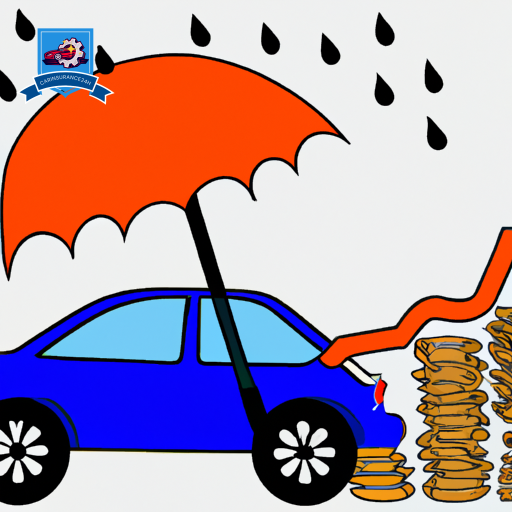
Opting for Personal Injury Protection (PIP) car insurance inevitably influences the cost of your premiums, reflecting the level of coverage you choose. This coverage is designed to pay for medical expenses, and possibly lost wages, regardless of who is at fault in an accident. However, understanding how this impacts your premiums requires a deeper look into various factors that influence insurance costs.
The inclusion of PIP coverage in your auto insurance policy is influenced by several risk factors and discount opportunities, including:
- Driving Record: A clean driving record may result in lower premiums, as insurers view you as a lower risk.
- Vehicle Type: The make and model of your vehicle can affect your premiums, with safer vehicles often costing less to insure.
- Credit Score: Insurers may use your credit score as an indicator of risk, affecting your premium costs.
- Geographic Location: The area where you live and drive can impact your premiums due to factors like traffic congestion and accident rates.
- Deductible Choices: Opting for a higher deductible can lower your premium, but it means paying more out-of-pocket in the event of a claim.
Discount opportunities also play a critical role. Many insurance companies offer discounts for safe driving, multiple policies, and even for vehicles equipped with safety features. These discounts can significantly offset the cost of adding PIP coverage to your policy.
PIP and Health Insurance Coordination

Understanding the interplay between Personal Injury Protection (PIP) and health insurance is essential for effectively managing your coverage in the event of an auto accident. While PIP provides immediate coverage for medical expenses and lost wages, regardless of who is at fault, health insurance steps in as a secondary layer, often dealing with more prolonged or extensive medical treatments. This coordination can profoundly affect the coverage outcomes and financial responsibilities after an accident.
Healthcare negotiations play a significant role in how PIP and health insurance interact. These negotiations determine the extent to which each policy will cover medical expenses. It’s important to understand the specifics of your policies, as policy exclusions can have a significant impact on the coverage. For instance, certain treatments may be covered by PIP but not by your health insurance, and vice versa.
To engage the audience, let’s consider the following table which outlines key differences and coordination points between PIP and Health Insurance:
| Aspect | PIP Insurance | Health Insurance |
|---|---|---|
| Coverage Trigger | Auto accident regardless of fault | Health condition or injury |
| Primary Use | Immediate expenses (medical, lost wages) | Long-term or extensive medical treatment |
| Policy Exclusions | Limited by policy specifics and state laws | Often excludes injuries from auto accidents unless PIP is exhausted |
This table emphasizes the importance of understanding both types of insurance to ensure thorough coverage. Navigating the intricacies of PIP and health insurance requires awareness of policy exclusions and a willingness to engage in healthcare negotiations to maximize the benefits available in the aftermath of an auto accident.
Common PIP Claim Mistakes
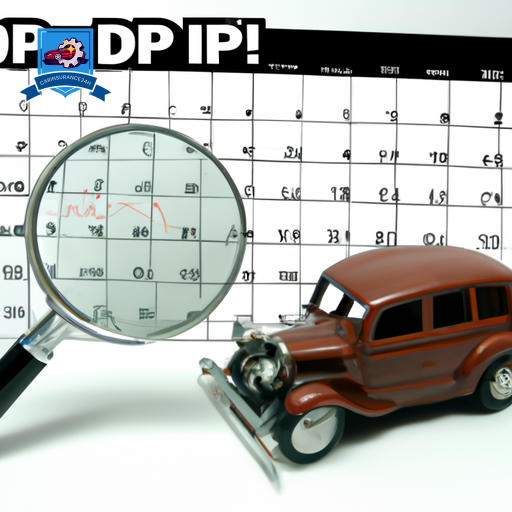
Traversing the Personal Injury Protection (PIP) claims process can be filled with pitfalls that unknowingly compromise the policyholder’s benefits. This journey requires a clear understanding of the intricacies involved, as well as the foresight to avoid common errors that can adversely affect the outcome of a claim. By paying close attention to the details and seeking appropriate legal representation when necessary, individuals can navigate this complex terrain more effectively.
One key aspect that often leads to complications is the failure to recognize the importance of negotiation tactics in dealing with insurance companies. Without a strategic approach, policyholders may find themselves accepting settlements that are far below what their claims are actually worth. To secure a more favorable outcome, it’s critical to be aware of the following common PIP claim mistakes:
- Failing to document injuries and treatment thoroughly: Inadequate records can weaken a claim significantly.
- Delaying medical evaluation post-accident: Insurers may question the severity of injuries if there’s a delay.
- Not consulting with legal representation: Professional advice can guide through complex legal landscapes and negotiation tactics.
- Overlooking policy specifics: Missing important details in the policy can result in denied claims.
- Accepting the first settlement offer: Initial offers are often lower than what can be achieved with effective negotiation.
Choosing the Right PIP Policy
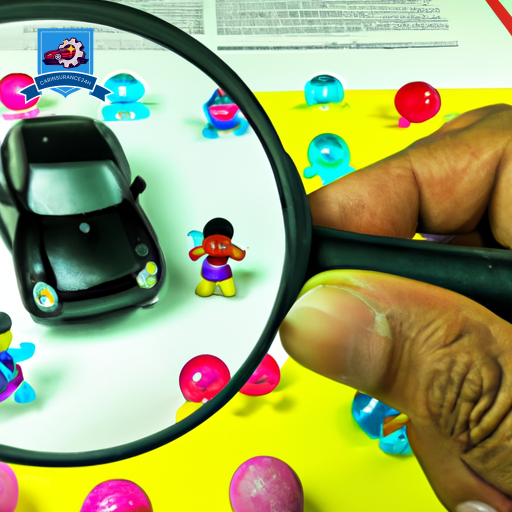
Selecting the most suitable Personal Injury Protection (PIP) policy requires careful consideration of several critical factors to guarantee extensive coverage and peace of mind. The process involves evaluating one’s specific needs, understanding the extent of coverage offered, and considering the financial implications of the chosen policy. A structured approach towards this decision can substantially enhance the benefits received, making sure that one is adequately protected against the financial strain of unexpected injuries.
One of the primary considerations should be the availability of policy discounts. Many insurance providers offer various discounts that can greatly lower premiums without compromising on the coverage quality. These discounts may be related to safe driving records, multiple policies with the same company, or even the installation of safety devices in your vehicle. Being aware of and inquiring about such discounts can lead to considerable savings, making the chosen PIP policy more cost-effective.
Equally important is the process of obtaining comparative quotes from multiple insurers. This step is critical in identifying the most competitive offer that provides the desired level of protection. Comparative quotes allow individuals to assess different aspects of PIP policies side by side, including coverage limits, deductibles, and exclusions. This detailed comparison ensures that one does not only focus on the price but also takes into account the quality of coverage, leading to a more informed and balanced decision.
Frequently Asked Questions
Can Personal Injury Protection (Pip) Insurance Cover Lost Wages if I’m Unable to Work Following an Accident?
Yes, in the event of an accident rendering an individual unable to work, the associated insurance can indeed provide coverage for lost wages within the scope of its benefit limits.
It is essential, however, to thoroughly review the policy’s specific coverage exclusions to fully understand the extent of this provision.
This guarantees that policyholders are adequately informed about the conditions under which they are eligible to receive compensation for income loss.
How Does PIP Insurance Interact With Lawsuits in States That Allow Suits for Severe Injuries?
Traversing the legal labyrinth of fault determination and legal thresholds in states permitting lawsuits for severe injuries is akin to strolling through a minefield with a blindfold. In these jurisdictions, when injuries surpass certain severity markers, individuals may pursue additional compensation through legal action.
This process intricately intertwines with fault determination principles, ensuring only those injuries that exceed predefined legal thresholds open the gate to potential litigation for further recourse.
Are Family Members or Passengers Covered Under My PIP Insurance if They Don’t Have Their Own PIP Policy?
Family members and passengers are generally covered under a Personal Injury Protection (PIP) policy, even if they do not have their own PIP policy. However, coverage is subject to the policy limits and any exclusion clauses specified within the policy.
It is important to review the policy details to understand the extent of coverage provided. This guarantees clarity on coverage scope for all individuals involved, safeguarding against potential gaps in protection.
How Does PIP Insurance Coverage Extend to Incidents Outside of Car Accidents, Such as Being Hit as a Pedestrian or While Biking?
Personal Injury Protection (PIP) insurance coverage demonstrates a wide scope, extending beyond vehicular accidents. This coverage inclusively extends to incidents encountered as a pedestrian or while cycling, highlighting its all-encompassing nature.
The activity inclusion under PIP insurance guarantees that individuals are protected against an array of accidents beyond traditional car collisions. This aspect underscores the versatility and essential nature of PIP insurance in providing a safety net across various scenarios.
What Are the Tax Implications, if Any, of Receiving Benefits From a PIP Insurance Claim?
Receiving benefits from an insurance claim may raise questions regarding tax implications. Generally, the benefits received are not taxable income and do not require reporting on personal income tax returns.
This is primarily because the purpose of these benefits is to compensate for personal losses, not to generate profit. However, there might be specific Benefit Exclusions and considerations regarding Tax Deductibility that could apply, depending on the circumstances of the claim and the jurisdiction.
